We are facing a challenge in recent weeks with our 4-year-old daughter having intense stranger anxiety while in our home. My husband works from home during the day and we also have a 1.5-year-old son. Typically, if my husband needs to put our son down for his nap, or take a quick work call in his office, our daughter will entertain herself in the living room quietly. A few weeks ago, while my husband was upstairs putting our son down for his nap, a delivery man approached our home and our daughter saw him through the window. She became terrified he was a stranger coming to get her. Ever since, her anxiety around strangers coming into our house to get her has been very difficult to manage.
Our home also backs up to an open space where there are frequently hikers and bike riders on the trail. Anyone she sees walking on the trails now causes her fear and anxiety that it is a stranger coming to our home. She refuses to be left alone in a room, even if we are in the kitchen and she is in the bathroom, for fear of strangers.
Today, my husband had to hang up on a large client because she was in hysterics. We have assured her that she is safe in our house, we will protect her, no one is coming, etc. to no avail. Prior to this incident, we had of course warned her strongly about strangers, and now we fear we went overboard and caused this situation. We want and need her to feel comfortable so we can resume our work and childcare for her baby brother. How can we help her to get over this stranger anxiety?
I can only imagine how worried you must be about your daughter, and it must be very hard on you and your husband, too. When she sees a stranger now it sounds like her brain is hearing big, loud alarm bells signaling that there is an emergency. This makes her nervous system work hard, and she may feel her heart racing, muscle tension or nausea. Her body is probably reacting as if she were in danger, triggering her fight/flight response. First of all, it’s normal for young children to develop outsized fears. Four-year-old children are just starting to understand all the dangers in their environment, and they often have difficulty recognizing what dangers can really harm them (i.e., the hot stove) versus what dangers are unlikely to harm them (i.e., wild animals). Our job as parents is striking the delicate balance of teaching them to be afraid of things that can actually harm them while not instilling too much fear and anxiety. This is particularly tough as it pertains to strangers, as we want them to be comfortable around people they don’t know while at the same time knowing the appropriate boundaries (i.e., not to wander off with a stranger). These mixed messages can be confusing for young children, particularly these days, as we tell our kids to keep their social distance from others. My two-year-old, for example, is now careful to get six feet away from a stranger passing us on the sidewalk, and I’ve wondered how this might impact her understanding of the risk of strangers in the long run.
It’s also very normal that your daughter wants to avoid feeling scared and she will need a lot of help from you as parents to learn to face her fears and feel more confident. A good first step is to help her learn that these are false alarms (like fire drills) so she can practice feeling scared and nervous to build her bravery muscles. Some kids benefit from labeling their anxiety by using names like “worry bully” or “scary thoughts.” Just like with any skill that kids (or adults!) learn, it helps to start at basics and build up. You can slowly expose your daughter to feared situations by creating a bravery ladder for her to “climb” beginning with easier missions (sit on your own for 30 seconds in the living room) building to more difficult challenges (watch people walk by outside). Kids can actively be involved in making their ladder and you can make a reward chart to go along with the activities so your daughter earns a fun activity or small trinket for doing her best on bravery missions.
You can help your daughter learn how to talk back to her anxiety (i.e., “that’s my false alarm” or “that’s the worry bully bossing me around”). As you have already seen, assurances about safety, protection and that no one is coming often do not work on false alarms, which can feel very frustrating! Instead, you can provide supportive reassurance that your daughter is brave, and she CAN do things that are really hard. You can also help her talk about how challenges went (i.e., “was that as bad as you thought” or “did anything bad happen”) so that she can start creating some of her own brave talk.
Remember to look for moments when your daughter is facing her fears and “catch” her being brave by giving positive praise (i.e., “I’m so proud of you for going to the bathroom on your own). And remember, just like your daughter is practicing her bravery, you will have to practice your bravery as parents too as she faces challenges that are hard and make her feel anxious!
Here are some books that can be helpful to read with your daughter to learn about anxieties and worries.
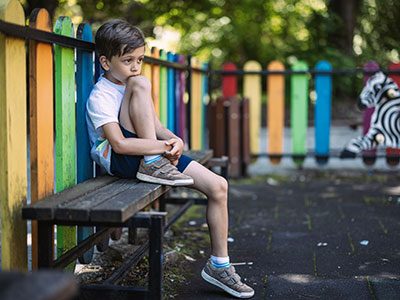 https://riseandshine.childrensnational.org/wp-content/uploads/2024/07/sad-boy-feature.jpg
300
400
webteam
https://riseandshine.childrensnational.org/wp-content/uploads/2017/11/childrens_riseandshine_logo.jpg
webteam2024-07-10 13:43:222024-07-11 13:00:06Helping kids stay connected during summer break
https://riseandshine.childrensnational.org/wp-content/uploads/2024/07/sad-boy-feature.jpg
300
400
webteam
https://riseandshine.childrensnational.org/wp-content/uploads/2017/11/childrens_riseandshine_logo.jpg
webteam2024-07-10 13:43:222024-07-11 13:00:06Helping kids stay connected during summer break






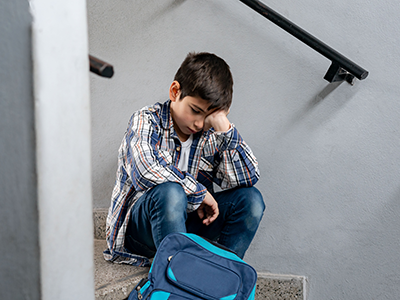
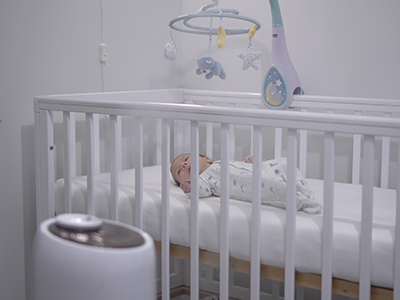
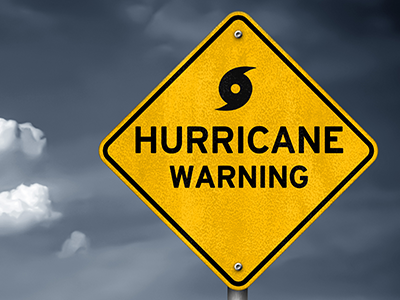
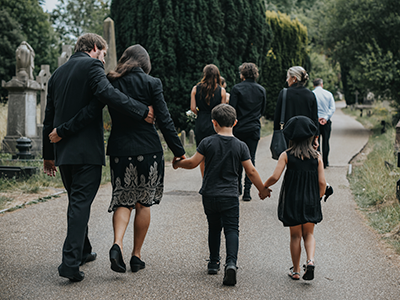


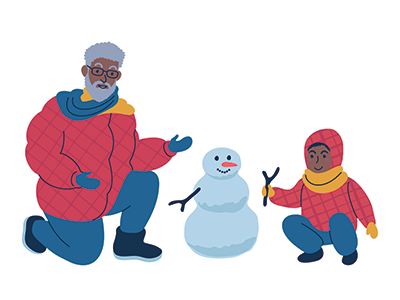
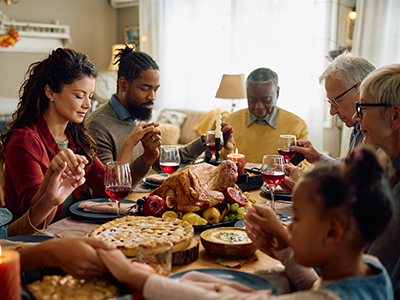
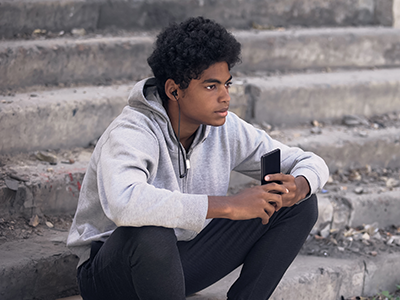
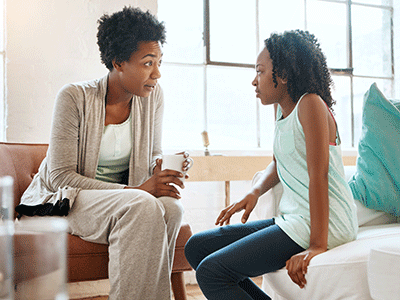

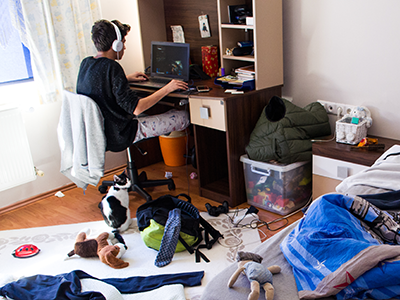
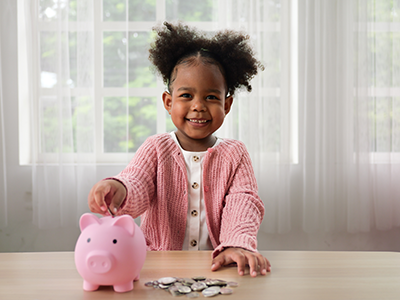
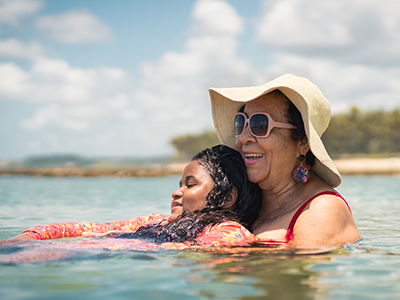
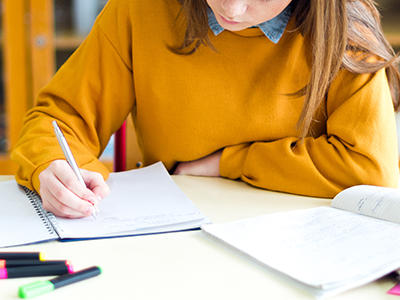

Leave a Comment
Want to join the discussion?Feel free to contribute!